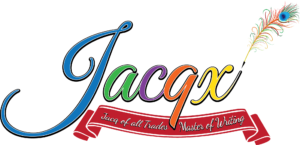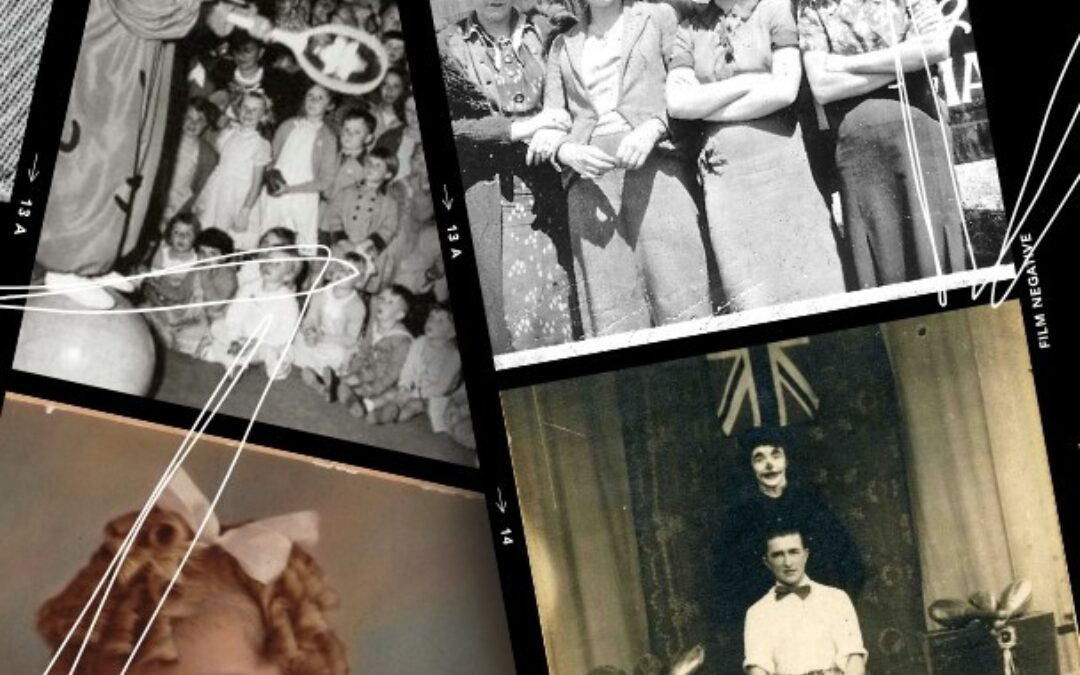Researching Australian entertainment history was a challenge when I started in 2012, without a clue of what I was getting myself in for. I’m so grateful for librarians who helped me find the sparse information on record on Australian entertainment history for my historical fiction novel, When the Glitter Fades. They have unfathomable knowledge on how to find just about anything in the bottomless pit of books, information, resources, links, interlibrary loans, and nooks and crannies of cyberspace library heaven. Thank you, Kate, from Helensvale library for being so helpful! Kate helped me find so many sources that I would not have found on my own. Librarians are truly worth their weight in gold. Trove is another excellent resource I’ve discovered! Along the way, I found a gold mine of information on the Theatre Heritage Australia website.
The Value of Memoirs
My research had me swimming in an ocean of information that I had gathered and then had to siphon into what I needed to set the scene for my story. I was knee-deep in books, DVDs, and a pile of images. I loved every minute. I was like a kid in a lolly shop, except the lollies were books! Don’t screw your nose up, books have no calories and are much better for you! Life without books would be tragic! That’s why I’m passionate about encouraging people to write their memoirs or autobiography so their experience of their time on this earth is preserved and left as a legacy for others to enjoy, even if it’s just for their families. Books and visual resources helped me to create characters from an era I knew nothing about. I needed to visually put myself in that era, smell the smells, feel the elements, taste the (preservative-free?) food, hear the sounds, and get a spiritual feel for the atmosphere. I stepped into a virtual time machine to feed my imagination. I’m a visual person so I watched films, documentaries, looked at photos, and the very best option was to talk to people who may have still been young during that era, but had memories that helped me make the sourced information come to life. I really enjoy interviewing people!
The Broadway Family
I got to interview Shirley and her brother, John. It was wonderful to hear their stories of growing up performing in a vaudeville troupe, and see their faces light up when they retold them. It certainly gave me a sense of what life was like for them and helped me get a better picture of their parents. I still have quite a bit of work to do to recreate what they can’t remember because they were too young at the time. Actually, the more I learn from these colourful characters, the more I realise that their story will stand alone. I like to encourage everyone to write their memoir. It’s so important to preserve our history, whether it be for the Australian public or just to pass on to your family.
When The Glitter Fades
After many years of chipping away, writing, rewriting, getting feedback from beta readers, professionals who specialised in Australian entertainment history, getting a manuscript assessment, feedback from professional editors–yes, it all costs money–I finally published When The Glitter Fades. While it wasn’t my first publication, it still felt amazing to hold the book in my hand after all the blood, sweat and tears that went into it. I also changed the title multiple times. You should never get fixated on a title. As your story evolves, so will your title. Flexibility is imperative. Kill your darlings, or don’t kill them. I killed too many and had to resuscitate a few! Don’t be overprotective of your word count. Yes, it may have taken you forever to write them but if they aren’t relevant to the story get rid of them. I wiped out 5000 words after getting an idea that I thought would work better. Some of my writer friends were horrified that I would wipe out so many. They sweated over wiping out 500 words.
Then comes the brutal editing process. I cut down my document from 125,000 words to 90,000, approximately at one point. Don’t bother getting feedback if you’re not going to implement the suggestions. If someone tells you they got bored in a certain section, get rid of it or rewrite it so that only the relevant parts to the story are included. Most importantly, if you’re writing a historical piece, don’t make it a history lesson. People are interested in the story, not historical facts. Your research needs to be woven into your story to set the scene–that’s all!
Related Articles

